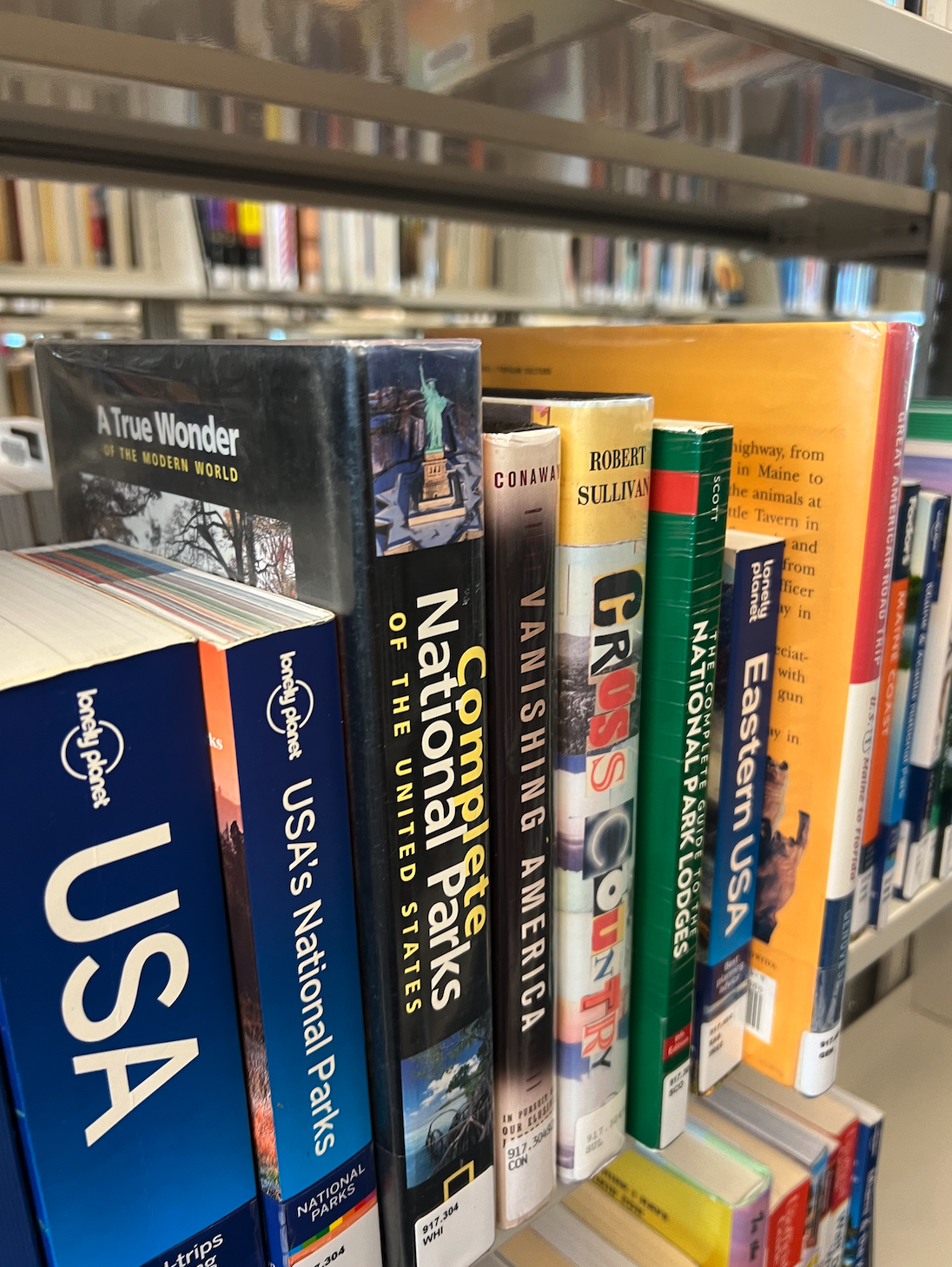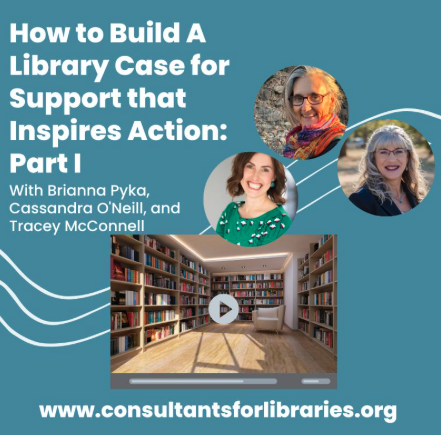Writing Effective Fundraising Letters for Libraries
- 5 mins
Your appeal letter could be the difference between shelves filled with new books or empty space waiting for funding. When the library budget shrinks, a compelling fundraising letter becomes your financial lifeline. Forget generic appeals—today's donors need personalized, story-driven requests that prompt immediate action. Let's explore how to craft fundraising letters that don't just ask for money but inspire your community to invest in a shared future where libraries serve as essential hubs of learning and connection.
The Power of Personalized Communication
The most effective fundraising letters speak directly to the reader, creating a one-to-one connection that feels genuine and thoughtful. When a potential donor reads your letter, they should feel like you're having a conversation with them specifically, not addressing a nameless crowd.
Start by segmenting your audience. Long-time donors, new community members, local business owners, and parents of library program participants all have different relationships with your library. Tailor your message to acknowledge these unique connections:
- For loyal donors: "Your continued support has helped us expand our children's reading program to serve 30% more families this year..."
- For newcomers: "As someone who values community resources, you might be interested to know that over 65% of our neighborhood visits our library at least once a month..."
- For business owners: "Local businesses like yours benefit when libraries foster skilled, informed citizens, with 72% of job seekers using our resources last year..."
This personalization shows that you see donors as individuals, not just funding sources—a core value that aligns with your brand's commitment to being personable and approachable.
Telling Your Library's Story
Stories are the currency of human connection, and they're essential to effective fundraising. Your library isn't just a building with books—it's a place where lives change, opportunities emerge, and communities strengthen. Your fundraising letter should capture this narrative power.
Share specific examples that illustrate your library's impact:
"When Maria lost her job during the pandemic, she came to the library not just for internet access to apply for jobs, but for the digital literacy workshops that gave her confidence to pursue a new career in technology. Today, she credits the library with her successful career transition and brings her children to coding classes every Saturday."
These stories make abstract concepts like "community impact" tangible and emotional. They transform your library from an institution to a living, breathing force for good that donors will want to support.
Clarity in Your Call to Action
Being actionable is central to your brand identity, and this must shine through in your fundraising letters. After building connection and sharing impact, be crystal clear about:
- What you're asking for - Specific donation amounts tied to tangible outcomes
- Why you need it now - Creating appropriate urgency without pressure
- How to give - Multiple, simple options for taking action
- The impact their gift will have - Concrete examples of what donations accomplish
Instead of "Please consider donating to support our library," try:
"Your gift of $100 today will provide 10 new children's books for our growing early literacy collection, ensuring that families like the Johnsons have fresh, engaging materials for their weekly story time visits. Simply return the enclosed card or visit our secure online portal at [website] to make your contribution by June 30."
This approach respects your donors' intelligence while making the giving process straightforward and meaningful—exactly the practical, actionable guidance your brand promises.
Building Sustainable Relationships Through Your Letters
The most successful library fundraising programs understand that each letter is not just about securing a one-time gift—it's about nurturing a long-term relationship that sustains your library for generations. This aligns perfectly with your brand's emphasis on sustainability over short-term thinking.
In every fundraising letter, include elements that foster ongoing engagement:
- Acknowledge past support and its specific impact
- Invite donors to library events or behind-the-scenes tours
- Share opportunities for deeper involvement beyond financial gifts
- Plant seeds for conversations about legacy giving or endowments
- Express genuine gratitude that focuses on the donor, not just their gift
These relationship-building components transform transactional fundraising into transformative partnerships.
Practical Template: The Five-Part Library Fundraising Letter
To make this advice actionable, here's a template structure you can adapt for your next fundraising letter:
1. The Personal Connection (1 paragraph)
Open with a personalized greeting and a statement that connects the donor to your library's mission. Reference their specific relationship with the library when possible.
2. The Impact Story (1-2 paragraphs)
Share a compelling, specific story that demonstrates your library's impact. Include concrete details and, when possible, direct quotes from those who've benefited.
3. The Current Need (1 paragraph)
Clearly articulate the specific need or opportunity that requires funding now. Connect this need directly back to your mission and the donor's interests.
4. The Clear Request (1 paragraph)
Make a specific, direct ask with suggested giving amounts and what each level accomplishes. Include information about matching gifts or challenges if available.
5. The Gratitude & Next Steps (1-2 paragraphs)
Express genuine thanks, outline exactly how to give, mention any follow-up that will occur, and include a personal signature from a library leader.
Common Pitfalls to Avoid
To maintain your library's professional reputation and maximize response rates, steer clear of these common fundraising letter mistakes:
- Generic, one-size-fits-all language that fails to acknowledge your unique community
- Library jargon or overly academic terms that create distance rather than connection
- Vague descriptions of how funds will be used, which undermine trust and enthusiasm
- Focusing exclusively on the library's needs rather than donor impact and community benefit
- Complex giving instructions that create barriers to action
Measuring Success Beyond Dollars Raised
While financial results matter, truly effective fundraising letters—aligned with your commitment to sustainability—should be evaluated on multiple metrics:
- Response rate from different audience segments
- First-time donor acquisition
- Existing donor retention and upgrade rates
- Qualitative feedback about your messaging
- Growth in recurring giving commitments
- Increased interest in volunteer opportunities
Effective fundraising letters are powerful tools for library sustainability, but they don't have to be intimidating. By focusing on personal connection, storytelling, clear action steps, and relationship building, you can create appeals that resonate with your community and generate the resources your library needs to thrive.
Remember that each letter is both an invitation to give and an expression of your library's values. When written with authenticity, clarity, and purpose, your fundraising letters won't just raise money—they'll strengthen the bonds between your library and the community it serves, creating a foundation for sustainable support that spans generations.
At Fundraising for Libraries, we're committed to empowering libraries with practical, personalized fundraising strategies that create independence and sustainability. If you'd like support in developing or refining your fundraising letters, our 16-Week Fundraising Foundations Program includes templates, training, and personalized guidance to help you raise $50,000 or more for your library.




